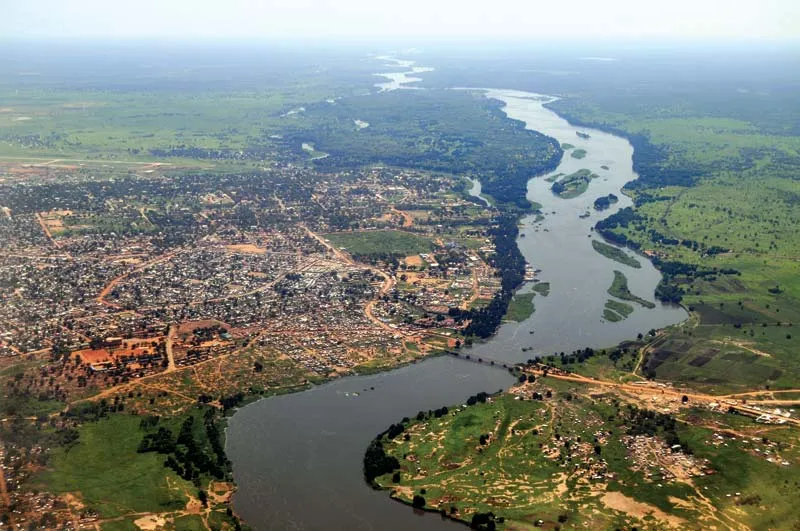South Sudan is home to several important rivers that play a crucial role in its ecosystem, economy, and daily life. These rivers provide water for agriculture, serve as transportation routes, and are central to the livelihoods of many communities.
Here are the major rivers in South Sudan:
1. White Nile (Bahr el Jebel)
- The most significant river in South Sudan.
- A major tributary of the Nile River, it flows from Lake No (in Unity State) southward to Juba and into Uganda.
- Known locally as Bahr el Jebel.
- Supports fishing, transportation, and irrigation.
- Major cities like Juba, Bor, and Malakal lie along its course.
2. Bahr el Ghazal River
- Flows through western South Sudan, forming a major tributary of the White Nile.
- Originates in the Bahr el Ghazal region.
- Known for its large, swampy basin and seasonal floods.
- Plays a key role in wetlands and floodplain agriculture.
3. Sobat River
- Forms the border between South Sudan and Ethiopia in some areas.
- Joins the White Nile at Malakal.
- Carries significant seasonal water flow and contributes to the White Nile’s volume.
4. Lol River
- Originates near the border with the Central African Republic.
- Flows eastward to join the Bahr el Arab (Kiir River).
- Important in Western Bahr el Ghazal region.
5. Bahr el Arab (Kiir River)
- Forms part of the border between South Sudan and Sudan.
- Flows into the Bahr el Ghazal and contributes to the Nile system.
- The river has political importance as it passes through contested border regions.
6. Jur River
- A tributary of the Bahr el Ghazal River.
- Flows through Western Equatoria and Lakes State.
- Important for agriculture, especially in the rainy season.
Key Features of South Sudan’s River System:
- Home to the Sudd wetlands, one of the largest swamp areas in the world, formed by the White Nile.
- Rivers are seasonal and flood-prone, essential for agriculture and fishing but can cause displacement during the rainy season.
- Crucial for transport in regions with limited road infrastructure.


